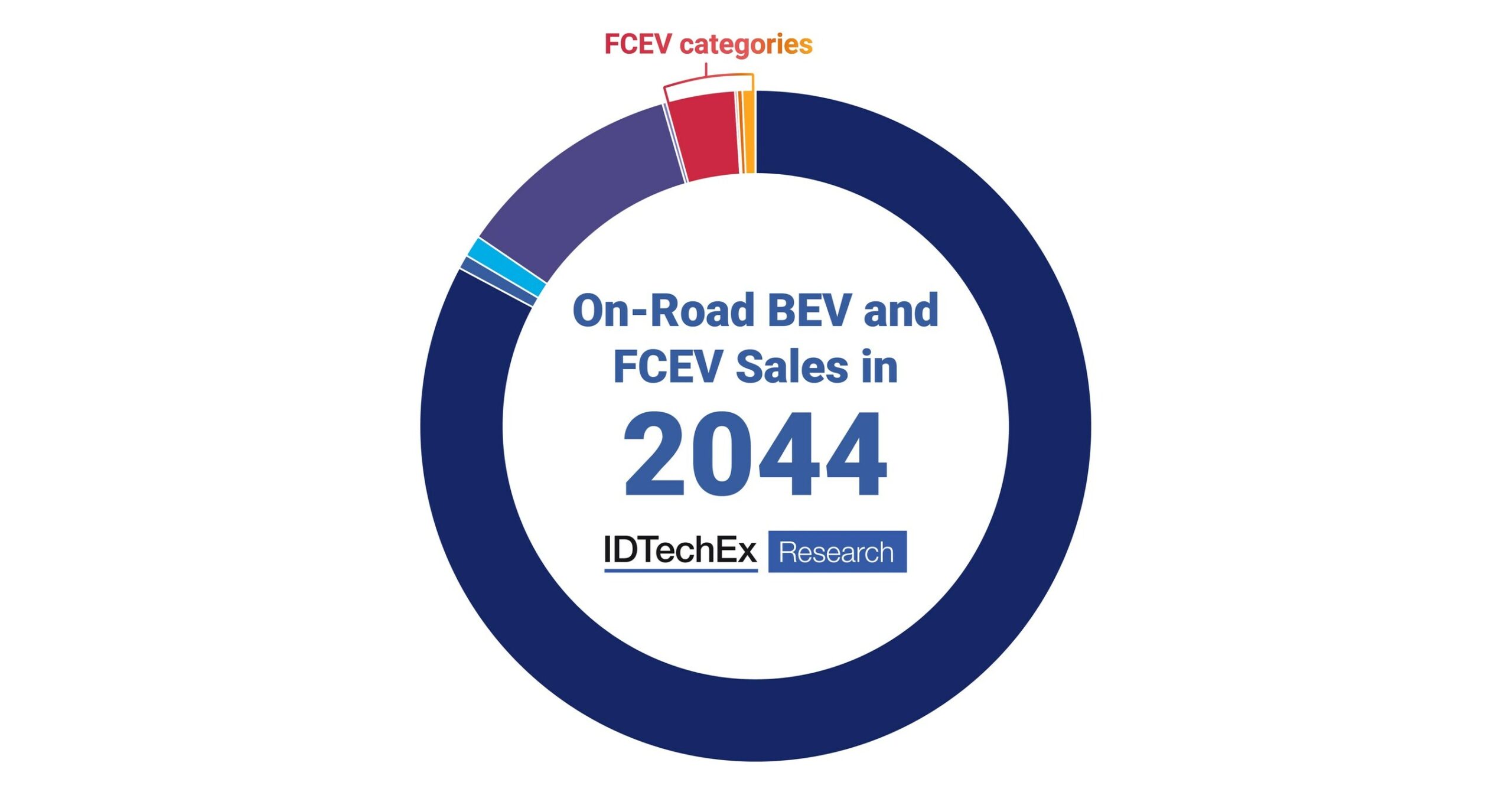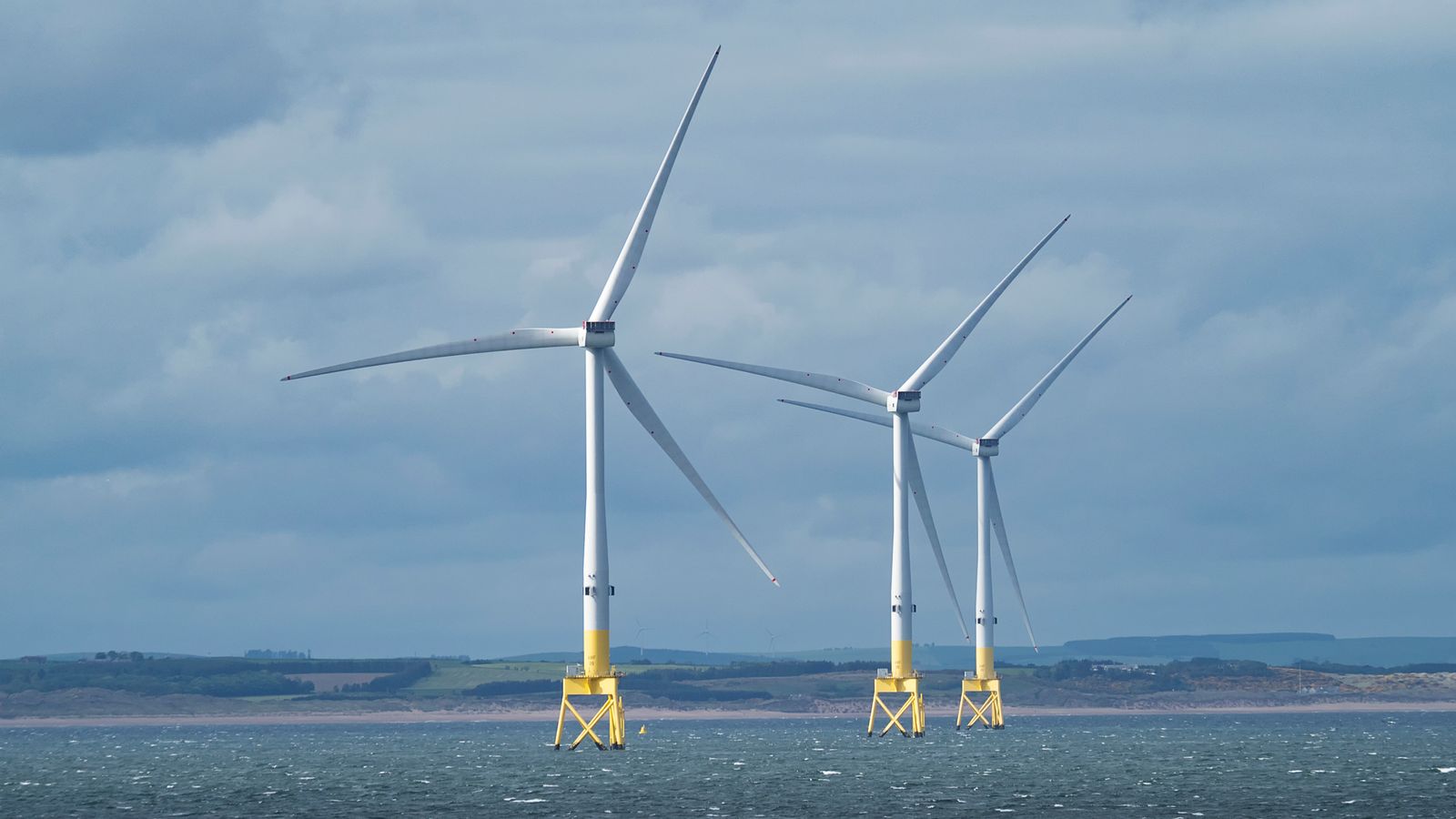Data Centres Could Consume 4% of Global Electricity by 2026
New Zealand is becoming an attractive destination for international data centre developers such as CDC, Microsoft, and Amazon, thanks to its largely renewable electricity grid. As data centres grow in energy demand globally—projected to consume 4% of the world’s electricity by 2026, according to the International Energy Agency—there is rising interest in locating these facilities in regions with clean energy supplies.
New Zealand’s Renewable Power: A Competitive Edge
With 85% of its electricity currently generated from renewable sources, New Zealand is uniquely positioned to help data centres reduce their carbon emissions. The country’s renewable energy supply, which is expected to rise further with investments in solar and wind, appeals to companies seeking to minimise their carbon footprint. This demand comes as businesses increasingly need to disclose not only their own emissions but also the emissions of their suppliers, including data centres.
“Owners and developers of data centres are looking for global locations where they can minimise their own impacts,” says Belinda Mathers, Chief Science Adviser at Toitu Envirocare. Data centres powered by renewable energy can help companies reduce their emissions, making them a key component of corporate climate strategies.
Balancing Growth with Energy Infrastructure
A report by business consultancy EY concluded that attracting data centres could benefit New Zealand if investments are structured to boost the country’s electricity infrastructure. However, there are concerns about the strain on the existing energy network, especially as data centres could use as much electricity by 2030 as the country’s largest current power user, the Tiwai Point aluminium smelter.
While New Zealand’s grid is largely powered by renewables, the country still relies on coal during peak demand periods, particularly in winter. This reliance on non-renewable energy presents a challenge for data centres promoting their green credentials.
The Role of Renewable Certificates
Many data centres use green certificates, which allow them to claim 100% renewable electricity by paying a premium to energy providers. However, this system has been criticised because the electricity drawn from the grid often includes non-renewable sources. Critics argue that data centres should ensure the funds they pay for green certificates are used to grow the renewable energy supply or reduce peak demand, thereby reducing emissions more effectively.
Mathers emphasizes that data centres should demand transparency and accountability in how these funds are used. “Those funds need to be ringfenced for things that have impact, whether that be construction of new renewable, significant upgrades of existing renewables, or other ways to reduce peak demand on the grid,” she says.
The Path Forward for Data Centres and Renewable Energy
Several data centres in New Zealand, such as CDC, are already incorporating stringent requirements for the use of renewable certificates, ensuring their contributions support renewable energy growth. However, there is room for improvement, with some companies still relying on contracts without clear commitments to environmental impact.
With the right policies and investments, New Zealand could become a global leader in decarbonising data centres, helping reduce the climate impact of the digital economy while bolstering its clean energy infrastructure.
Source: radionz.co.nz





